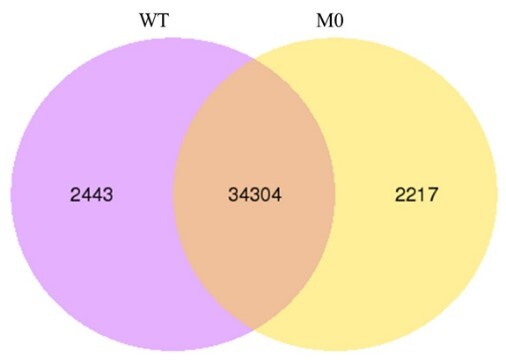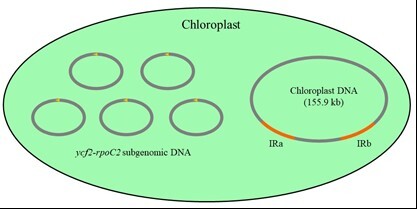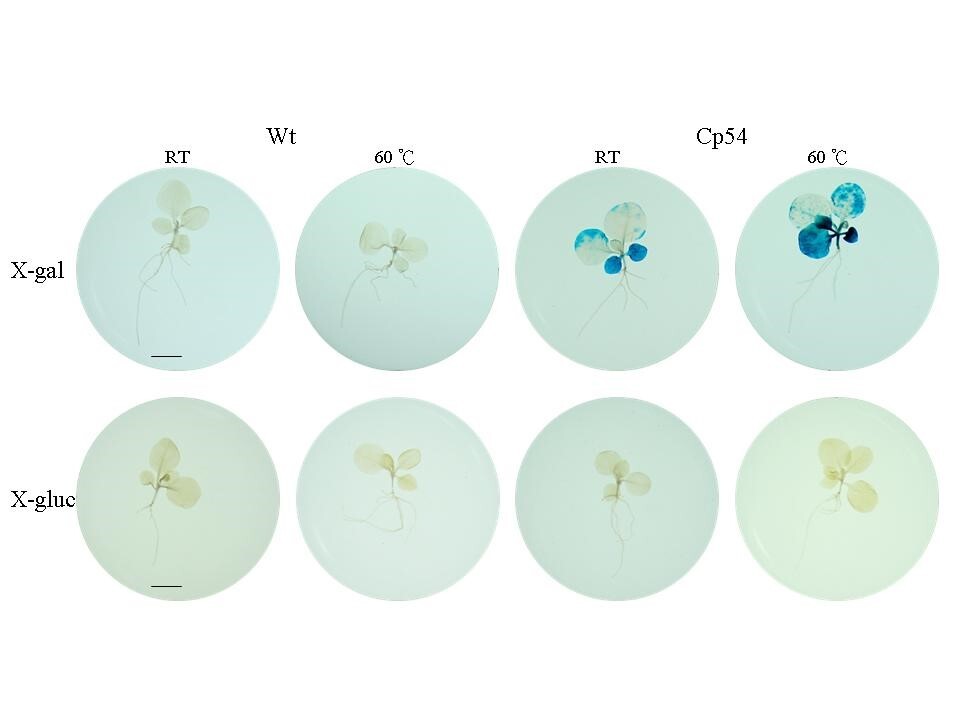張清俊 教授

張清俊 教授
學群:農業及海洋生物科技產業學群
研究專長:植物生物技術、植物生物化學
E-mail:chingcc@mail.ncku.edu.tw
研究室:89707
研究室Tel:+886-6-2757575#58215
實驗室Tel:+886-6-2757575#58214#711

| 學校 | 系所 | 國家 | 學位 | 起訖年月 |
| 康乃爾大學大學 | 植物生物所 | 美國 | 博士 |

| 服務機關 | 職稱 | 起訖年月 |
| 國立成功大學 | 教授 | 2020.08~ |
| 國立成功大學 | 副教授 | 2009.08~2020.07 |
| 國立成功大學 | 助理教授 | 2002.08~2009.07 |
| 國立屏東科技大學 | 助理教授 | 2001.08~2002.08 |

葉綠体與粒線體不僅是光合磷酸化和氧化磷酸化產生能量的場所,亦是許多重要生化代謝途徑發生的場所,是植物非常重要的胞器。本實驗室研究植物胞器(葉綠体和粒線體)的基因組、基因組的編輯、基因的表現和調控及比較不同植物胞器基因組間之差異,用以開發做為不同生技目標項目之應用,例如新穎性的園藝性狀、分子標記和合成生物學。此外,植物細胞核基因轉殖技術不僅已廣泛地用來改造作物的農藝性狀,用以提高作物的產量和品質,並且也可用以開發植物做為分子農場,來生產有用的外源蛋白質或天然物,其優點是易於放大、生產成本低和無動物病原的污染。本實驗室也運用植物基因轉殖技術來開發生產與生質能源或其它領域應用上有關的蛋白質或酵素。
 |
Sample 1 Two sets of RNA polymerase (RNAP), nucleus (NEP)- and plastid (PEP)-encoded polymerases, recognizing distinct promoters exist in the chloroplasts of higher plants. We applied chloroplast-targeted transcription activator-like effector nuclease technology to cause double-strand DNA breaks in the rpoB gene of tobacco, which encodes the β-subunit of PEP. The repair of damaged DNA through microhomology-mediated recombination caused the functional loss of the rpoB operon, and resulted in the heterotrophic growth of an albino plant. Genome-wide analysis of gene expression in the leaf tissue of PEP-deficient tobacco (M0) by RNA-Seq was conducted, and compared it with that of wild-type plants. The expression of NEP genes was up-regulated in PEP-deficient tobacco. Alongside most housekeeping genes, NEP plays a critical role in the regulation of gene expression involved in photosynthesis. In contrast, alongside the photosynthesis-related genes, PEP plays an important role in the regulation of gene expression involved in housekeeping functions. Moreover, the copy number of mitochondrial DNA and the level of most mitochondrial protein-coding transcripts were slightly increased in PEP-deficient tobacco. The disruption of PEP function not only affected plastid gene expression, but also the expression of nuclear and mitochondrial genes. Our study demonstrated the intercompartmental retrograde signaling in the regulation of gene expression. |
 |
Sample 2 Transcription activator-like effector nuclease (TALEN) technology has been widely used to edit nuclear genomes in plants but rarely for editing chloroplast and mitochondrial genomes. In addition, ciprofloxacin, commonly used to cause the double-strand DNA break for studying the repair mechanism of organellar genomes in plants, confers no organellar selectivity and site-specificity. To demonstrate the feasibility of TALEN-mediated chloroplast DNA editing and to use it for studying the repair mechanism in chloroplasts, we developed a TALEN-mediated editing technology fused with chloroplast transit peptide (cpTALEN) to site-specifically edit the rpoB gene via Agrobacteria-mediated transformation of tobacco leaf tissues. Transgenic tobacco plants showed various degrees of chlorotic phenotype. Repairing damaged chloroplast DNA resulted in point mutation, small inversion and large deletion surrounding the rpoB gene by homologous recombination and/or microhomology-mediated recombination. In an albino line, microhomology-mediated recombination via a pair of 12-bp direct repeats between rpoC2 and ycf2 genes generated the chimeric ycf2-rpoC2 subgenome, with the level about 3- to 5-fold higher for subgenomic DNA than ycf2 gene. The ycf2-rpoC2 subgenomic DNA might independently and preferentially replicate in plastids. Further investigation to identify the novel replication origin for the application in the chloroplast synthetic biotechnology is proposed. |
 |
Sample 3 The β-glucosidase hydrolyzes the β(1-4) glucosidic linkage of disaccharides, oligosaccharides and glucose-substituted molecules. Currently, the commercial source of β-glucosidase is mainly from microbial fermentation. Plants have been developed as bioreactors to produce various kinds of proteins including β-glucosidase because of the potential low cost. Sulfolobus solfataricus, a thermoacidophilic archaeon grow optimally at high temperature (~80 °C), and pH 2-4. We overexpressed the β-glucosidase gene of S. solfataricus in transgenic tobacco. Three transgenic lines with β-glucosidase gene expression driven by the rbcS promoter were obtained, and the recombinant proteins were accumulated in chloroplasts, ER and vacuoles up to 1%, 0.6% and 0.3% of total soluble protein, respectively. The plant-expressed β-glucosidase had optimal activity at 80 °C and pH 5-6. In addition, the plant-expressed proteins showed high thermostability; upon heat pre-treatment at 80 °C for 2 h, approximately 70% residual activity remained. Furthermore, wind-dried leaf tissues of transgenic tobacco showed good stability in short-term storage at room temperature, with enzymatic activity of about 80% still remaining after 1 week of storage as compared with fresh leaf. Furthermore, based on alternative β-galactosidase activity, we demonstrated the possibility of using the archaebacterial β-glucosidase gene as a reporter in plants. |


.svg.png)
